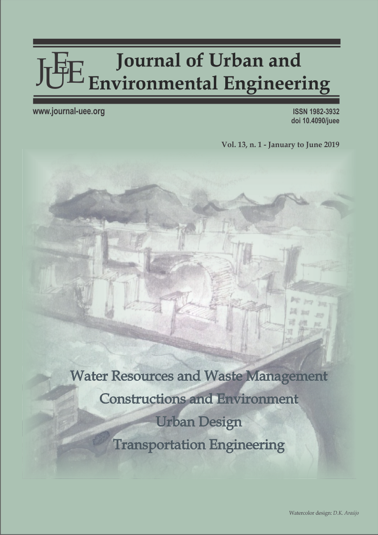SPATIAL MODELING OF SOIL SALINITY USING MULTIPLE LINEAR REGRESSION, ORDINARY KRIGING AND ARTIFICIAL NEURAL NETWORK METHODS IN THE LOWER CHELIFF PLAIN, ALGERIA
DOI:
https://doi.org/10.4090/juee.2019.v13n1.34-41Abstract
Soil salinity is one of the most damaging environmental issues worldwide, essentially in arid and semi-arid regions, caused by various factors. Spatial estimation and prediction of salinity is important to predict land evaluation in order to develop and determine leaching factor and the precise management for maximum production. The Lower Cheliff is characterized by the augmentation of rate of soil salinity with 80 % of area. In this study, we have analyzed the relationship between both elevation and soil salinity, giving their role in understanding and estimating the spatial distribution of soil salinity in the Lower Cheliff plain. To conduct this work, we have taken 406 samples and analysis of electric conductivity as well as measurement of the elevation with a GPS, we analyzed the correlations of soil salinity with elevation. In this study we have given a great focus on the use of the multiple linear regressions, Ordinary kriging and artificial neural network methods, the results showed that soil salinity had a good correlation with elevation, and according to the values of coefficient of determination (R2), root mean square error (RMSE) and mean absolute error (MAE), implied superiority of MLP model with the value of R² = 0.994, RMSE= 0.63 and MAE = 0.33.Downloads
Download data is not yet available.
Downloads
Published
2019-10-05
Issue
Section
Articles




